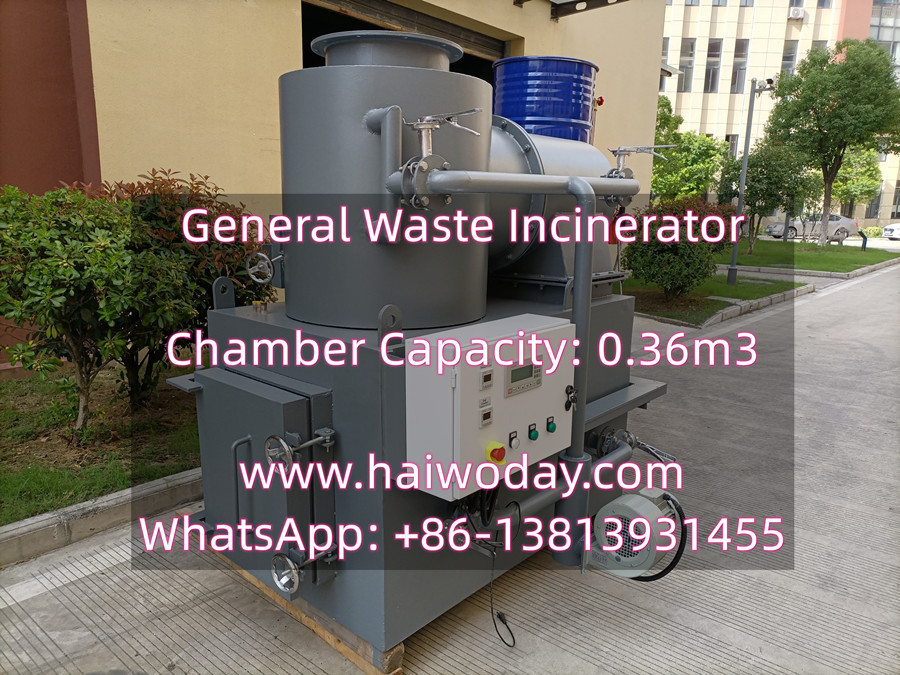Waste treatment has become a pressing concern in recent years, as the growing population and increased consumption have led to a significant rise in the amount of waste generated. Traditional methods of waste disposal, such as landfilling or open burning, are not only harmful to the environment but also unsustainable in the long run. As a result, there has been a growing interest in alternative waste treatment methods, with incineration emerging as a viable and efficient solution.
Incineration is the process of burning waste materials at high temperatures, converting them into ash, gas, and heat. This method offers several advantages over traditional waste treatment methods, making it a promising option for the future of waste management.
One of the key advantages of incineration is its ability to reduce the volume of waste. By burning the solid waste, incinerators can significantly reduce its volume, making it easier to handle and dispose of the remaining ash. This not only helps to save space in landfills but also reduces the need for new landfills to be built, addressing the problem of limited landfill space.
Furthermore, incineration can also generate energy from the waste. The heat produced during the incineration process can be harnessed to generate electricity, providing a sustainable and renewable energy source. This not only reduces the reliance on fossil fuels but also helps to offset the cost of operating the incinerator, making it a financially viable option for waste management.
In addition, incineration can also help to minimize the environmental impact of waste disposal. The process can reduce air and water pollution associated with landfilling or open burning, as well as the emission of greenhouse gases. Advanced incineration technologies, such as scrubbers and filters, can be used to minimize emissions and ensure that the process complies with strict environmental regulations.
Moreover, incineration can be an effective way to dispose of hazardous and biomedical waste. By subjecting these materials to high temperatures, incinerators can destroy harmful pathogens and reduce the risk of contamination, making it a safe and efficient method for handling these types of waste.
While incineration offers several advantages, it is important to note that the technology has evolved to address concerns about air emissions and pollution. Modern incinerators are equipped with state-of-the-art pollution control systems, such as scrubbers, filters, and monitoring equipment, to ensure that the process is as environmentally friendly as possible. Additionally, strict regulations and standards are in place to govern the operation of incinerators, ensuring that the process is safe and compliant with environmental guidelines.
In conclusion, the future of waste treatment lies in adopting sustainable and innovative methods that can effectively manage the growing volume of waste. Incineration has emerged as a promising solution, offering several advantages such as reducing waste volume, generating energy, and minimizing environmental impact. With the advancements in technology and the implementation of stringent regulations, incineration can be a safe, efficient, and environmentally friendly way to manage waste, paving the way for a cleaner and more sustainable future.



